The 10 best houseplants for beginners - with fronds like these you'll feel like a green-thumbed pro
The best houseplants for beginners mean you can have an almost foolproof indoor garden with almost no effort needed at all

The best houseplants for beginners are a perfect mix of shapes, styles and sizes. But what they all have in common is their ability to withstand even the most wilful periods of neglect. They're hardy, can be forgotten about, and tend to still thrive. Not that we're suggesting you should not care for them a little. It's more that, if life gets in the way, they'll survive.
Knowing which plant species are low maintenance and lovely - will get you on the right foot for growing more.
'Plants that don’t require a huge amount of upkeep and can cope with a bit of neglect are the best plants for those starting their houseplant journey,' says Maddie Porritt, plant expert at The Stem.
With more and more of us living in cities, it's no wonder house plants have seen a resurgence. Find out which species are easiest to start with, the best house plants that clean the air, and the ones that will fill your home with flourishing foliage.
10 best houseplants for beginners
1. The ZZ plant
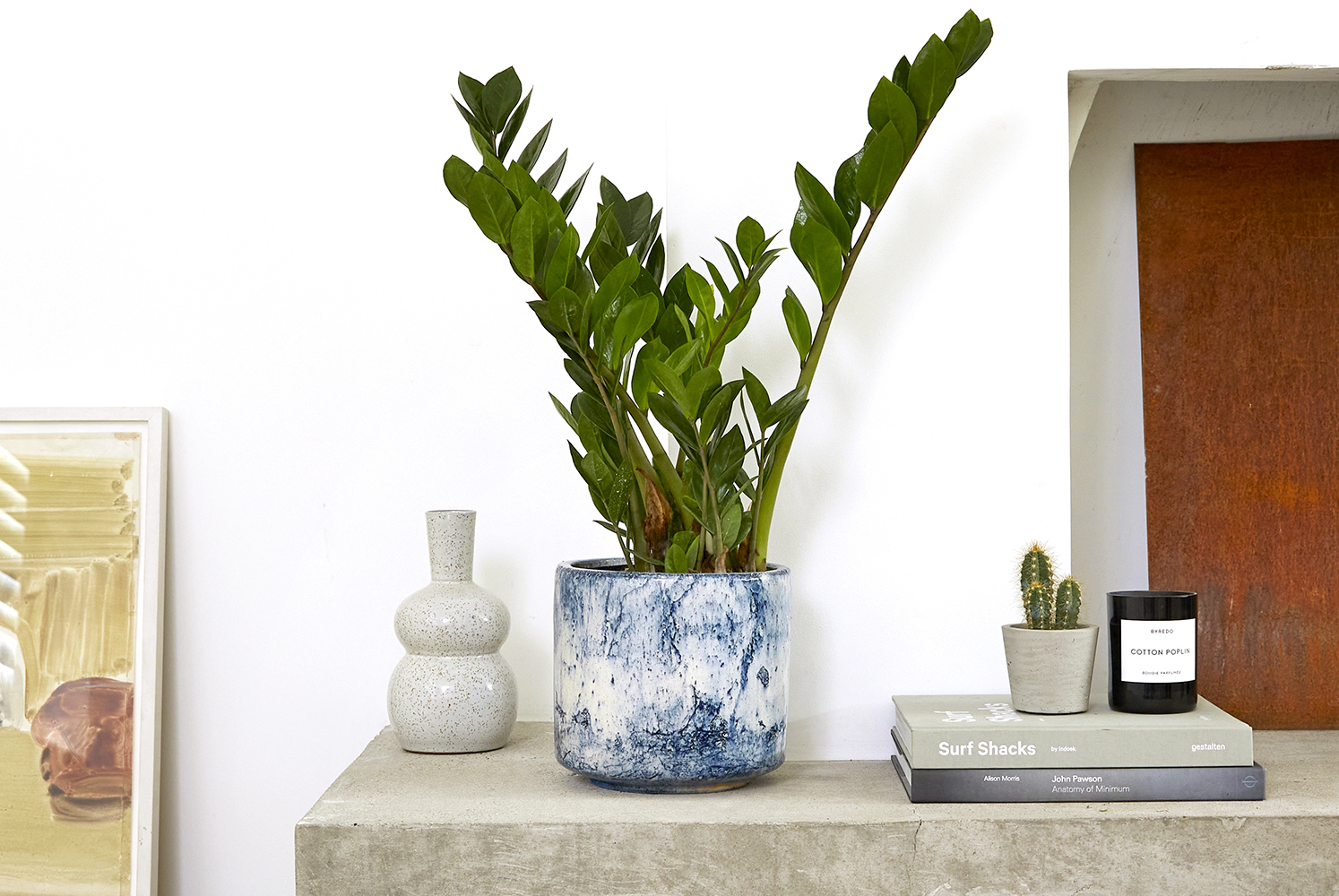
All of the plant experts we consulted suggested the ZZ plant (Zamioculcas zamiifolia) as good for beginners. Native to Central Africa, it's used to extremes of weather conditions, from drought to monsoon. So can cope with over and under watering, if you're super keen or forgetful.
'ZZ plants are really tolerant of different light levels and require very little care,' says Jemma Charman, co-founder, Green Rooms Market. 'In fact a bit of neglect will help it thrive, mimicking some periods of drought it would encounter in the wild. It will grow quickest in bright indirect light, but will be happy in areas of lower light too, and doesn’t need high humidity.'
2. Snake plant
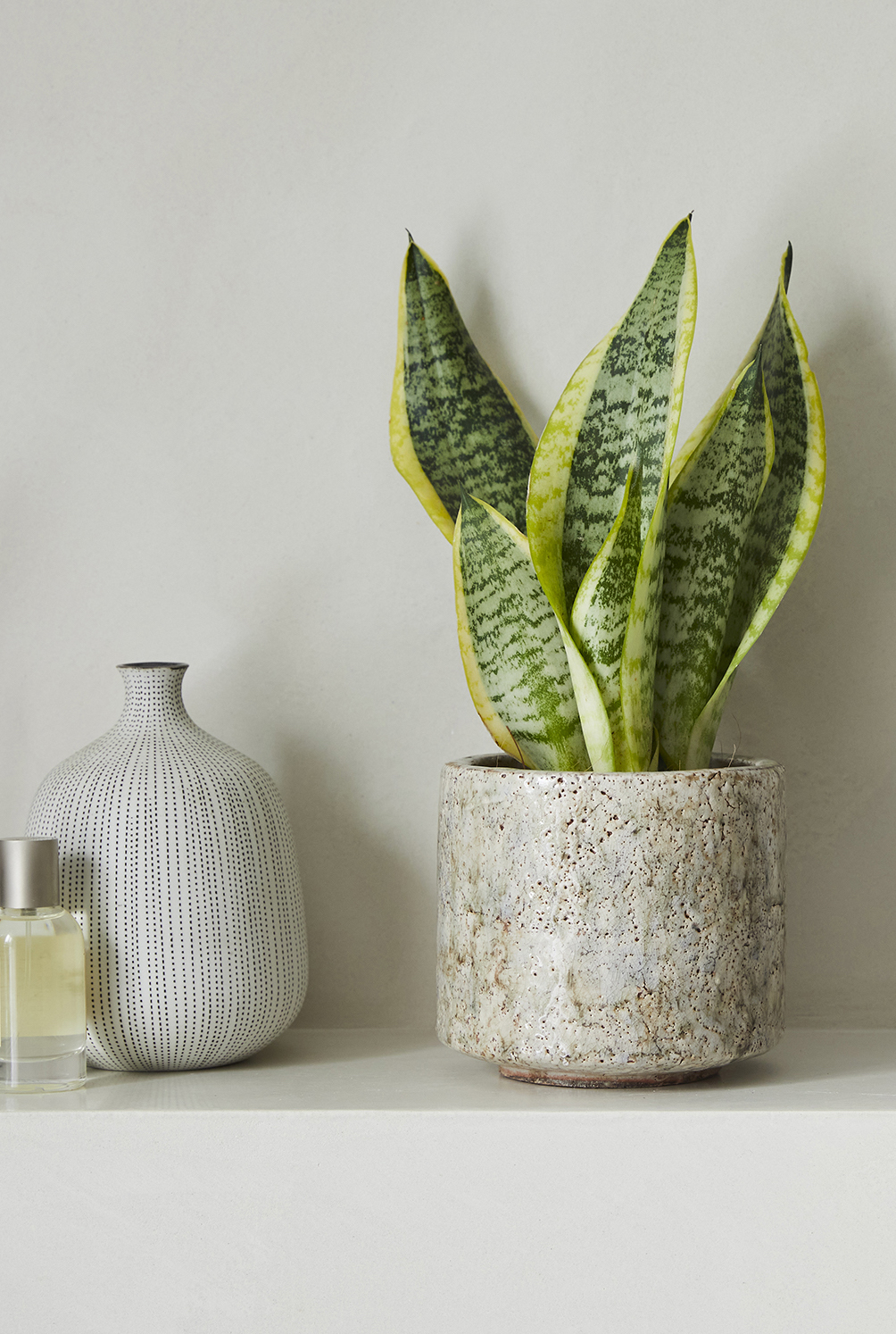
Not only easy to care for, the Snake plant (Sansevieria trifasciata) allegedly alleviates snoring. We can't vouch for that. But it's apparently due to the fact that unlike most plants, the Snake plants works in reverse, emitting oxygen at night and carbon dioxide during the day. This makes it a suitable plant for the bedroom, snorer or not.
The Livingetc newsletters are your inside source for what’s shaping interiors now - and what’s next. Discover trend forecasts, smart style ideas, and curated shopping inspiration that brings design to life. Subscribe today and stay ahead of the curve.
'Snake plants and zz plants need the same type of care,' says Richard Cheshire, plant doctor, Patch Plants. 'They’ll be just fine in most light conditions, just not complete darkness or very bright, direct sunlight.
'When it comes to watering, let their soil dry out completely before giving them a drink, and they’ll forgive you if you’re a forgetful waterer. You can keep them looking fresh by simply wiping the dust from their leaves every now and then.'
3. Devil's ivy
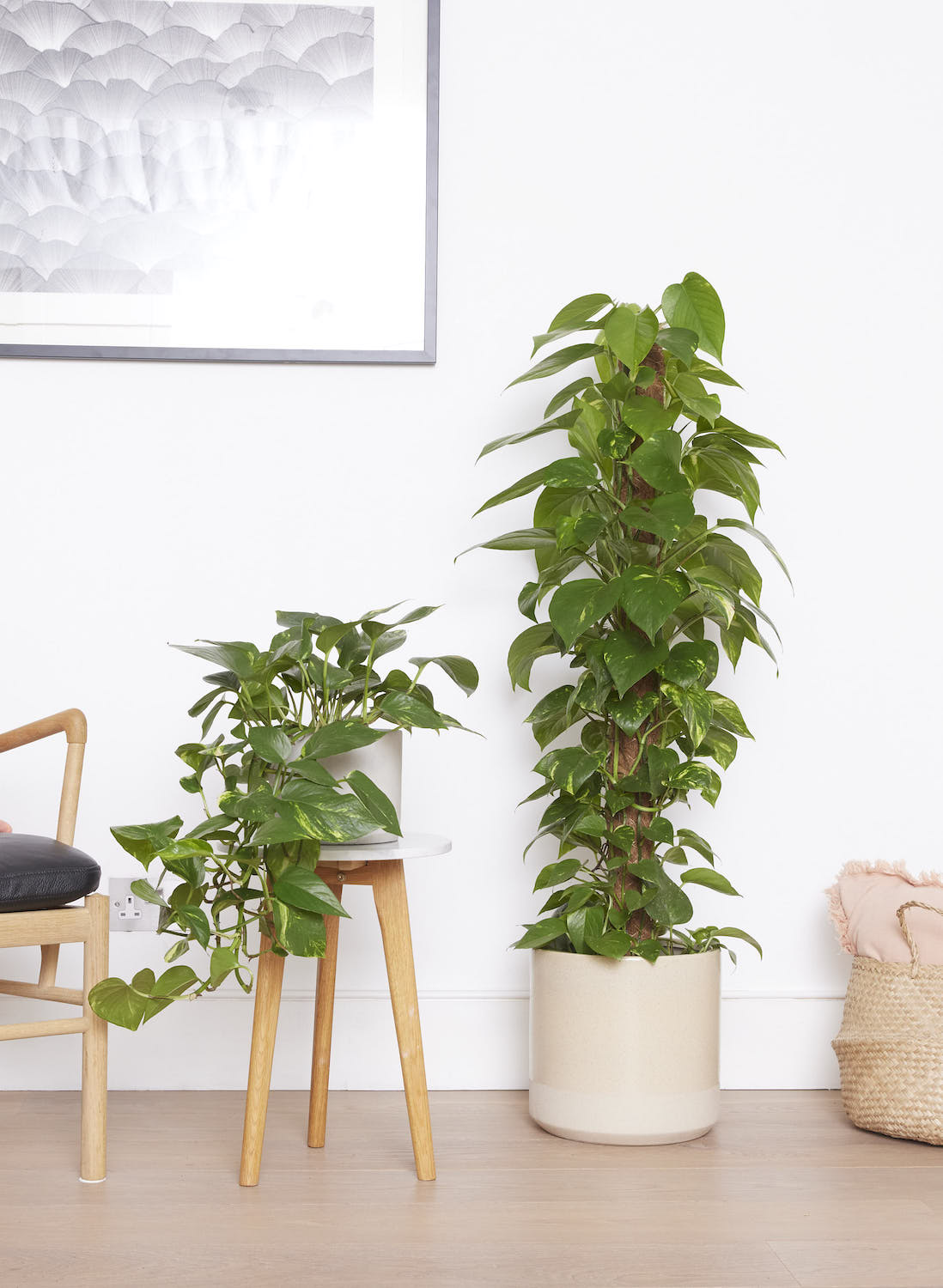
Also known as golden pothos, ceylon creeper, or hunter’s robe, Devil's ivy is one of the world's most popular houseplants.
In the wild, devil's ivy is usually found in forests in south-east Asia, growing up the trunks of large trees. It happily lives in quite deep shade, which is how it gets its name; devil's ivy, because it's a friend of the darkness.
'Great hanging or climbing plants for beginners are the Epipremnum varieties like Devil’s Ivy,' says Jemma. 'They're such quick growers and very tolerant of low light levels (although they will grow quickest in bright indirect light). They will also tell you when they need water as the leaves will start to curl.'
4. Corn plant
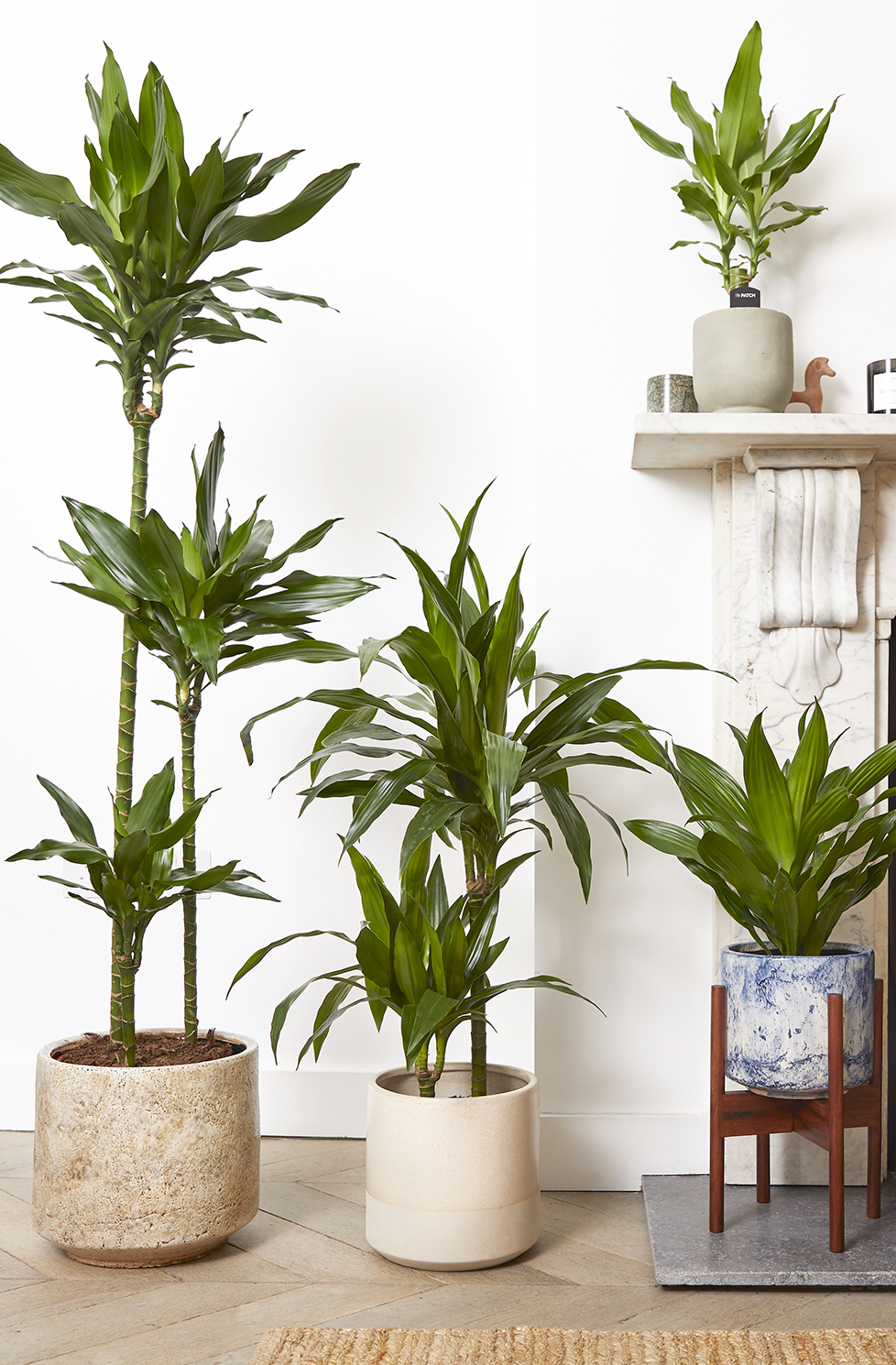
Corn plants (Dracaena fragrans) can grow as high as 20 feet in the wild. Although you won't have to worry about that if you have one in a pot indoors.
As well as being easy to grow, another good reason to own one is because in ancient times, in Africa, corn plants were a symbol of reason and good fortune.
'Corn plants need similar care to ZZ and Snake plants,' says Richard from Patch Plants. 'They will let you know in plenty of time if something is wrong. Just let their soil dry out completely before giving them a drink, and wipe their leaves now and then.'
5. Silver vine

Similar in looks to Devil's Ivy, the Silver vine or Satin Pothos, is growing in popularity as a houseplant. Found in the wild in Borneo, Thailand and The Philippines, it will wind its way up larger trees, or along the ground.
Although accustomed to warm climates, it will cope well in cooler homes too. It has pretty speckled leaves, and despite its nickname, it's not a Pothos at all.
'For the same reasons as Devil's Ivy, Scindapsus pictus argyreus or Satin pothos is a great beginner plant,' says Jemma of Green Rooms Market.
6. Mini monstera

Although nicknamed Mini Monstera, the Rhaphidophora tetrasperma is not actually related to the Monstera Deliciosa or Cheese plant, as it's best known.
That said, the two plants do look similar with their big distinctive hole-y leaves, and they are both climbers. With the Mini Monstera you have the option to let it grow taller (eventually it may need a moss pole to climb up), or let it trail from a shelf.
'Mini Monsteras are great for beginners as it’s such a quick grower so will quickly give you an eye catching plant,' says Jemma of Green Rooms Market. 'It's happiest in bright indirect light and also curls its leaves when it wants some water.'
7. Aspidistra
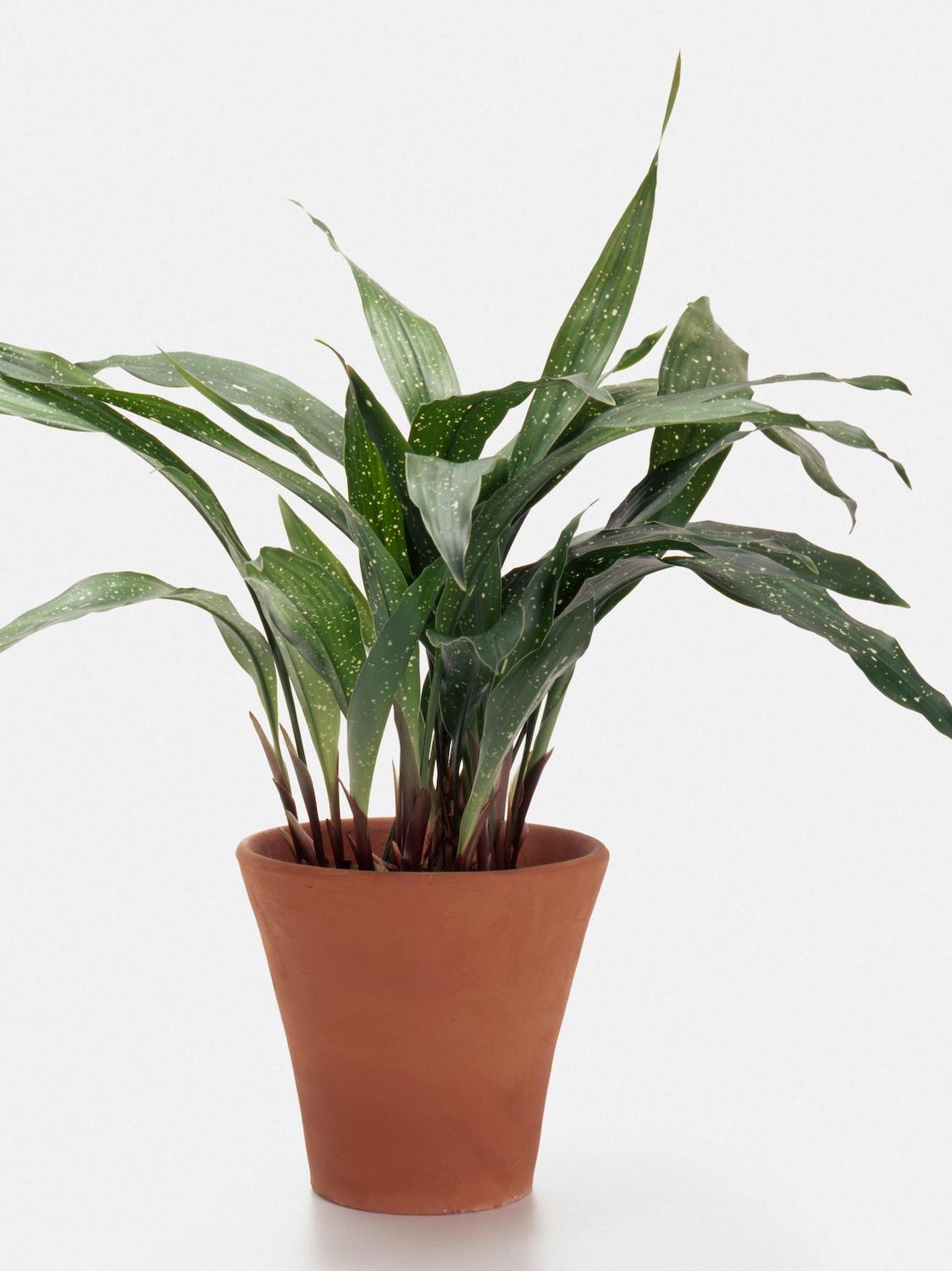
Native to China and Japan, the Aspidistra aka Cast Iron plant, actually gets its household name as it's so hard to kill. It became popular in Victorian times, as it could cope with the fluctuating temperatures of draughty hallways, the fumes from coal fires and low light conditions.
'The Cast Iron plant has attractive glossy, dark green leaves and as its name suggests, is tolerant to some neglect,' says Maddie at The Stem. 'It requires only a small amount of attention to stay looking happy.
'To see it at its best, keep in indirect sunlight and only water when the top few inches of soil have dried out. These plants' large leaves can attract dust and will benefit from being wiped with a damp cloth every so often. This allows the plant to absorb more sunlight.'
8. Fishbone cactus
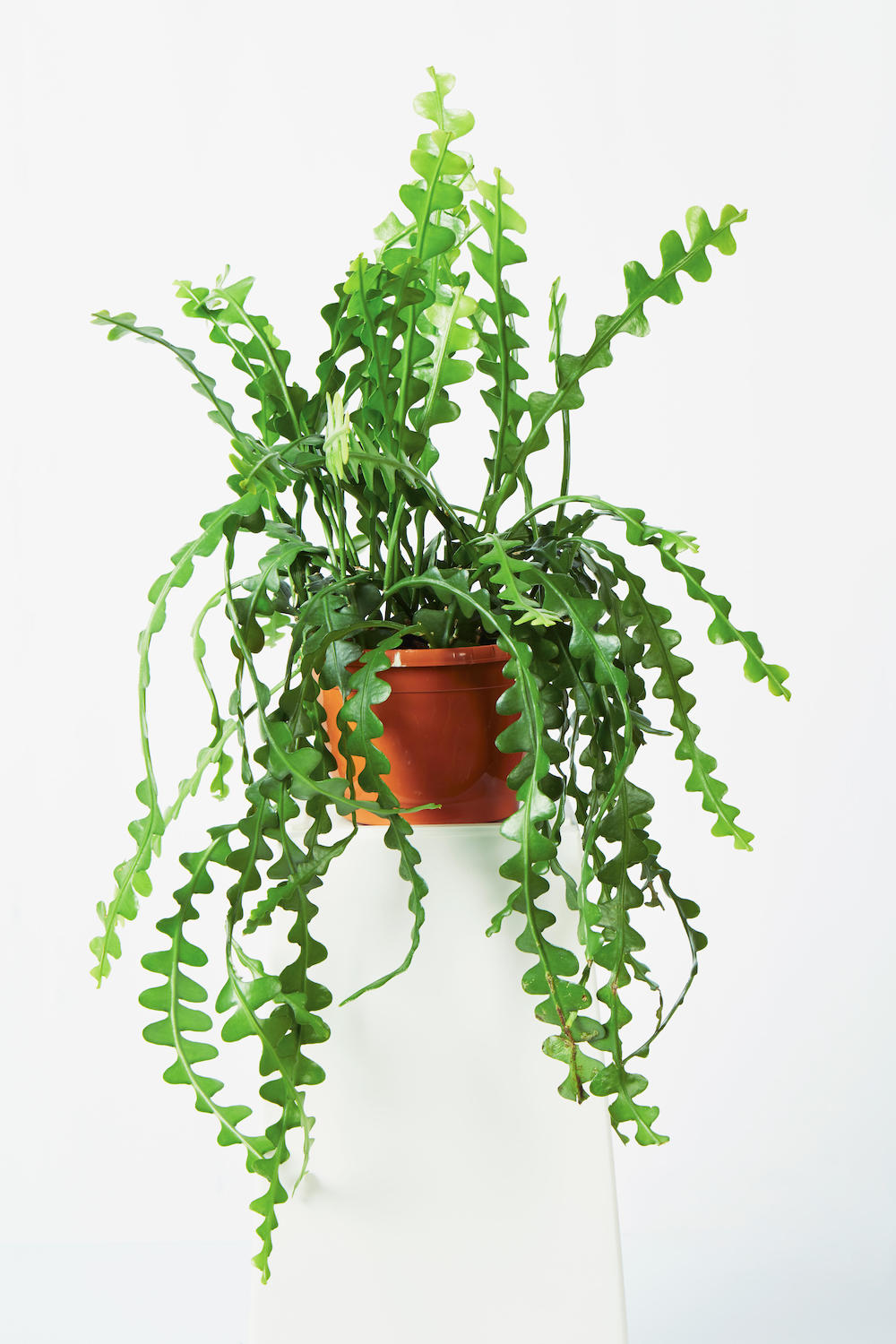
If you'd like a more distinctive looking yet easy to care for plant, check out the Fishbone cactus (Epiphyllum anguliger). It doesn't look like other types of cacti with their spikes or bristles, but it's just as low maintenance and eye-catching a succulent.
'Fishbone cactus is a really easy going and great looking plant,' says Jemma, Green Rooms Market. 'It likes lots of bright indirect light, and can handle its soil being left to dry between watering. It's a great beginner plant as its crazy shaped leaves tend to go limp and a bit puckered when it needs water. They can also produce the most incredible smelling flowers that open at night, but only last a day or two.'
9. Aloe vera
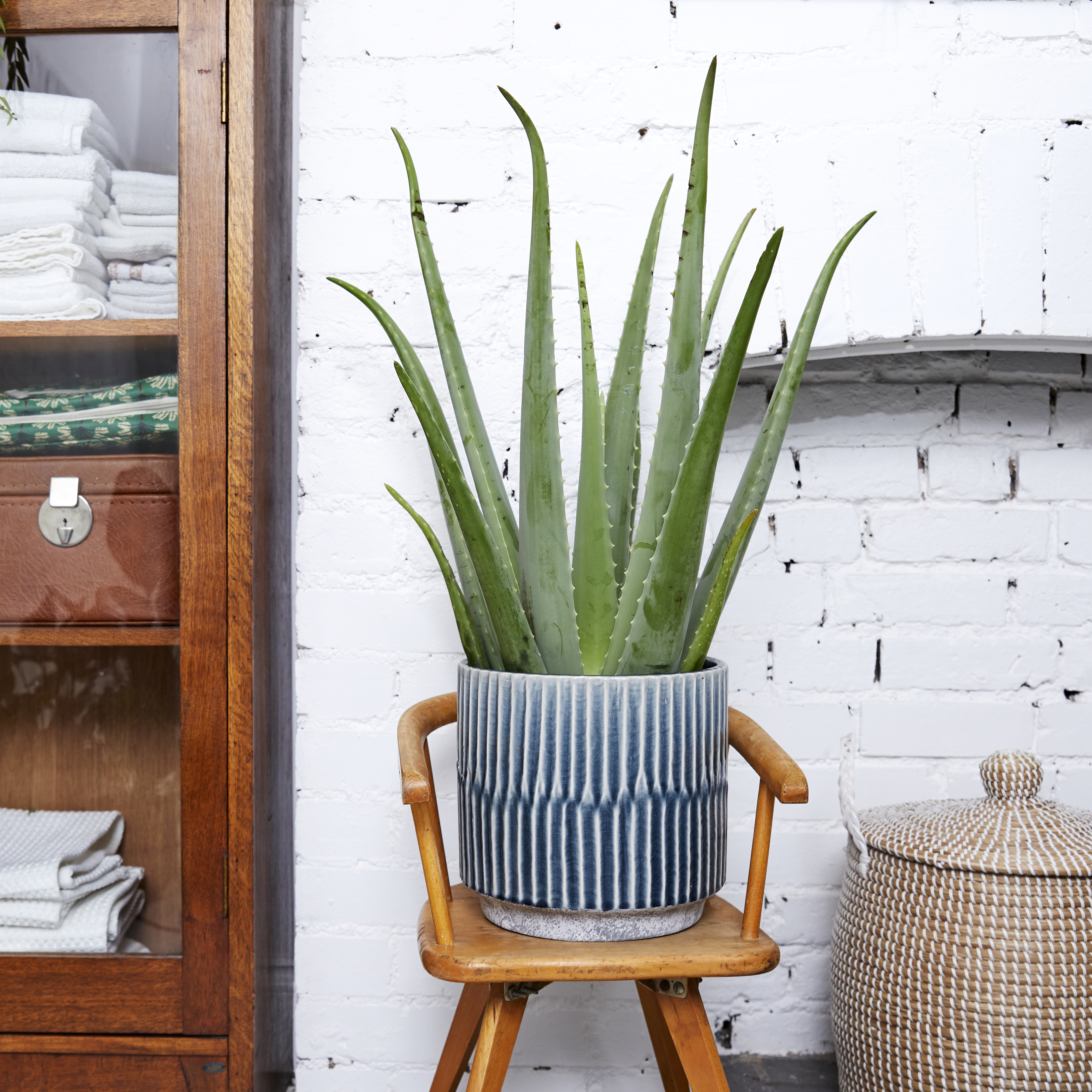
Aloe Vera plants and other succulents are a good option for new plant parents, as many of them grow in arid places. It's for this reason, they can handle it if you forget to water them. Even though they can withstand neglect, it's better if you know how to care for aloe plants.
Like numerous other plants, they're useful too. The gel that oozes out when you split open the leaves can be good for soothing and healing minor cuts and burns, and is often found in over the counter ointments that do the same.
10. Chinese money plant
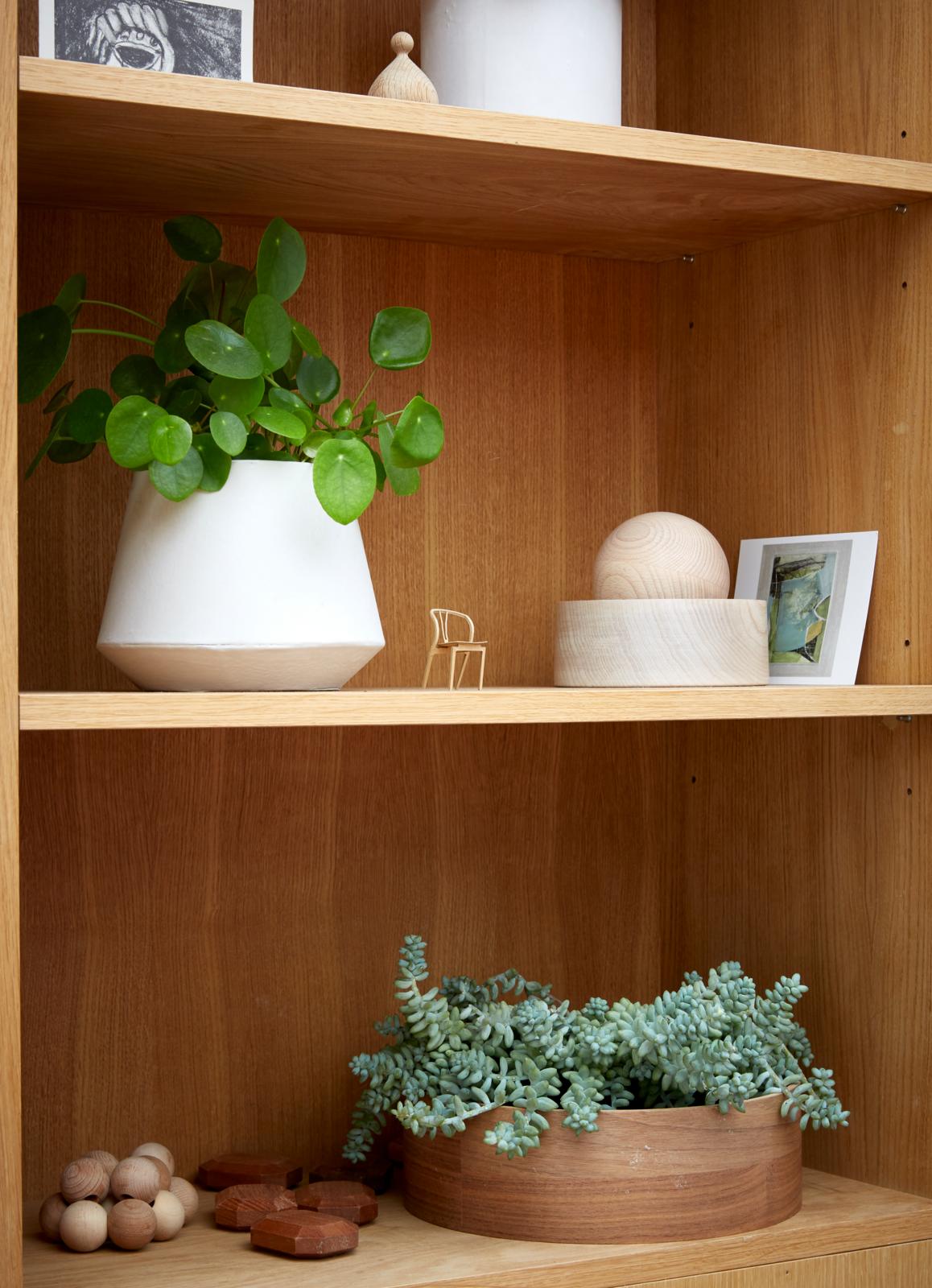
It's not widely known, however, the charming Chinese Money plant is also a succulent, which means it's another easy one to care for.
'Like other succulents, they’ll be happiest sitting in a bright spot, and they only need a drink once a month,' says Richard at Patch Plants. 'When it comes to watering, succulents have evolved to withstand drought, so they’ll need watering sparingly. The best way to do this is to dip their plastic pot into a container of tepid water for a few minutes. From spring to autumn they need a bit more, so use the same technique but check them once a fortnight, and water depending on your conditions. Alternatively you could gently mist them as a way of controlling how much water they take.'
Which indoor plant is easiest to maintain?
ZZ plant, Snake plant, Devil's ivy, Aspidistra, Corn plant, Silver vine, Mini Monstera and Fishbone cactus are among the easiest indoor plants to maintain.
This is because in the wild, most of them are used to harsh weather conditions that go from drought to monsoon. So they can survive well despite under or over watering.
What plants should I plant as a beginner?
In addition to the plants already mentioned above, succulents make great houseplants for beginners. Again, many grow in arid climates in the wild. So can forgo a weekly water. In fact, many thrive better without too much water.
Requiring a little more care, but still relatively easy, potted hydrangeas are a good one for beginners.
Jacky Parker is a freelance lifestyle journalist and writer, producing a wide range of features for magazines and digital platforms. She has written for Livingetc and its sister titles, Homes & Gardens and Country Homes & Interiors for more than 15 years, both as a freelance contributor and as Acting Digital Editor and Acting Style Content Editor, regularly reporting on the latest interiors, gardens and wellness inspiration, speaking to experts in their respective fields, and discovering the best tips.
Jacky has also written for other publications, including Sunday Times Style, The Telegraph, Architectural Digest, House Beautiful, ELLE Decoration, Red, Grand Designs and more.